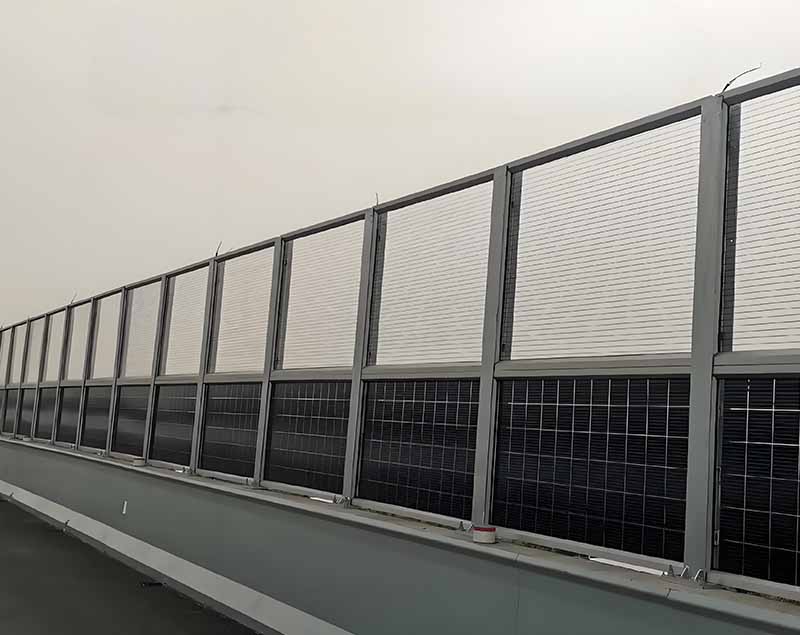Canine matrix lysin (ST2) ELISA Kit
Professional experimental reagent for research use only.
Experiment Principle:
The Canine Matrix Lysin (ST2) ELISA Kit is based on a double antibody sandwich method. The microplate is pre-coated with purified anti-ST2 antibodies, and the sample is added to bind ST2. A horseradish peroxidase (HRP)-labeled anti-ST2 antibody is then added to form an antigen-antibody-enzyme complex. After washing, TMB substrate is added, producing a blue color that turns yellow upon acid termination. The intensity of the color correlates with the concentration of ST2 in the sample, measured at 450 nm using a microplate reader.
Kit Composition:
- 120x Wash Solution: 20ml × 1 bottle
- Stop Solution: 3ml × 1 bottle
- Enzyme Standard Reagent: 3ml × 1 bottle
- Standard (80ng/L): 0.5ml × 1 bottle
- Enzyme-labeled Coating Plate: 12 wells × 4
- Sample Diluent: 3ml × 1 bottle
- Developer A: 3ml × 1 bottle
- Developer B: 3ml × 1 bottle
- Instruction Manual: 1 copy
- Sealing Film: 2 sheets
- Sealed Bag: 1
Sample Requirements:
1. Samples should be processed as soon as possible after collection. If not tested immediately, store at -20°C and avoid repeated freezing and thawing.
2. Avoid samples containing NaN3, as it may inhibit HRP activity.
Kit Steps:
1. Standard Dilution: Prepare standards from the original stock according to the provided dilution chart.
2. Loading: Add 50μl standard, 40μl sample diluent, and 10μl sample to each well (final 5x dilution).
3. Incubate at 37°C for 30 minutes.
4. Wash 5 times with 20x diluted wash solution.
5. Add 50μl enzyme reagent to all wells except blank.
6. Incubate again at 37°C for 30 minutes.
7. Wash again.
8. Add 50μl developer A and 50μl developer B, incubate for 15 minutes at 37°C.
9. Add 50μl stop solution to terminate the reaction.
10. Measure OD at 450 nm within 15 minutes.
Calculation:
Plot a standard curve using standard concentrations vs. OD values. Use linear regression or interpolate from the curve to determine sample concentration, then multiply by the dilution factor (×5).
Precautions:
1. Let kit components reach room temperature before use. Store unopened enzyme reagents in sealed bags.
2. Wash solution may crystallize; dissolve by heating if needed.
3. Use a pipette for accuracy. Control loading time within 5 minutes.
4. Always run a standard curve in duplicate. If sample OD exceeds standard range, dilute and re-measure.
5. Seal film is for single use only.
6. Keep substrate away from light.
7. Follow instructions strictly and rely on microplate reader results.
8. Treat all waste as biohazardous materials.
9. Do not mix reagents from different batches.
10. In case of discrepancy, the English manual takes precedence.
Storage & Expiration:
1. Store at 2–8°C.
2. Shelf life: 6 months.

Photovoltaic sound barrier,Solar-powered sound barrier,Photovoltaic noise barrier,Solar noise barrier
Hebei Shuobiao New Energy Technology Co., Ltd. , https://www.pvbracketsystem.com